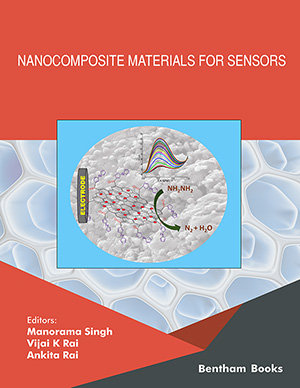Abstract
SHS investigation development is considered from the geographical and historical viewpoint. 3 stages are described. Within Stage 1 the work was carried out in the Department of the Institute of Chemical Physics in Chernogolovka where the scientific discovery had been made. At Stage 2 the interest to SHS arose in different cities and towns of the former USSR. Within Stage 3 SHS entered the international scene. Now SHS processes and products are being studied in more than 50 countries.
Abstract
This chapter covers the advances in the development of a variety of
composite materials ranging from noble metal/metal oxide nanoparticles, carbon
composites, polymer composites and metal-organic framework-based composite
materials specific to glucose. The advantages of nanocomposites as ‘electrode
materials’ have been highlighted. The utilization of above-mentioned nanocomposites
in non-enzymatic glucose sensors and their mechanism has been discussed. Further,
special attention has been given to the MOF-based nanocomposites, which elaborates
the applications of MOF-based materials in biosensing in recent years. This chapter
gives an overall view of various nanocomposites used as electrochemical glucose
sensors and opens up a new trend in materials science research to engineer advanced
functional materials with tailor-made properties to suit relevant real-time applications
within electroanalysis.
Keywords:
Diabetes , Electrochemical Sensor , Glucose sensor, Nanocomposite , ModifiedElectrodes
Recommended Chapters
We recommend

Authors:Bentham Science Books






